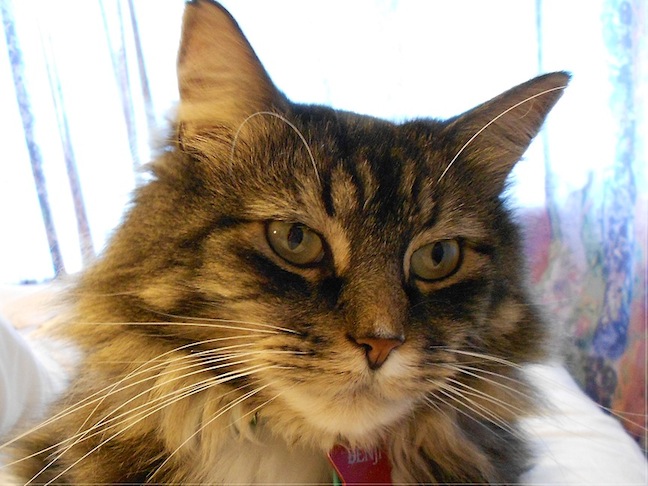While most of us know that a purring kitty is a contented one, some signals are less obvious to decipher. Here we’ll take a look at some sounds and movements cats make and what they could mean.
Meows And Chirps
Cats mainly meow at their owners to get their attention, for example if they’re hungry. Chirps…








